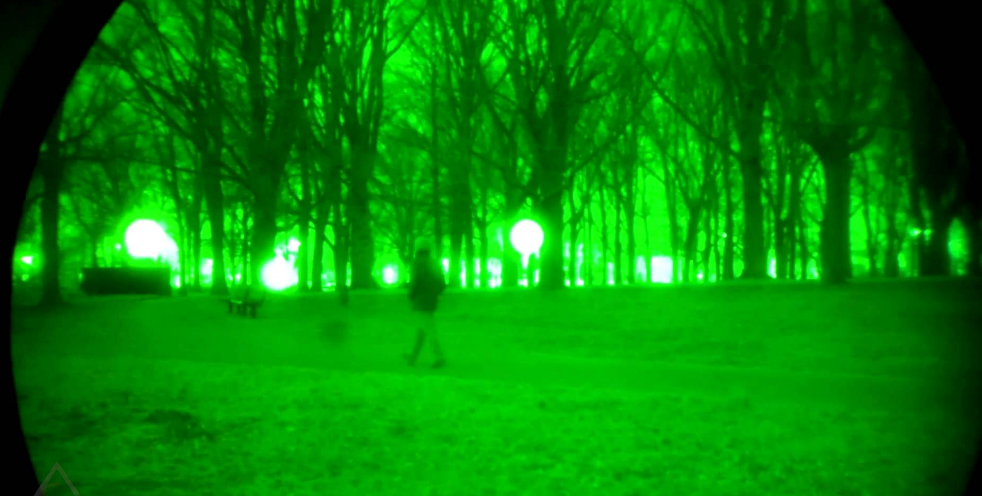Scientists just announced they have developed nanoparticles that allow mice to see near-infrared light. As scary as it sounds, built-in night vision for humans may not be far off.
Researchers shared their technological breakthrough earlier this week at the American Chemical Society’s fall meeting in San Diego.
Lead researcher Gang Han, a biochemist and material scientist at the University of Massachusetts Medical School, stated in a news release:
“When we look at the universe, we see only visible light. But if we had near-infrared vision, we could see the universe in a whole new way. We might be able to do infrared astronomy with the naked eye, or have night vision without bulky equipment.”1
RELATED STORY:
Human eyes, as well as the eyes of other mammals, field optical light waves ranging in wavelength from 400 to 700 nanometers. Near-infrared light features wavelengths between 750 nanometers and 1.4 micrometers.
Humans have to use thermal imaging cameras or goggles to see in the dark. The technology, which is big and bulky, converts near-infrared light into optical wavelengths.
Han and his team have created a nanoparticle that achieves the “upconversion” of near-infrared to visible light. The upconversion nanoparticles (UCNPs) turn low-energy photons into higher-energy green light.
RELATED STORY:
RELATED STORY:
The nanoparticles are made from rare-earth metals. In the lab, scientists injected them into the eyes of mice, just behind their retinas. A series of behavioral and physiological tests confirmed the nanoparticles provided night-vision abilities. (The report did not mention how nanoparticles might affect vision during the day, not to mention overall health in general.)
Researchers taught mice to swim toward a visibly lit triangle where a shallow landing allowed them to climb out of the water. A similarly lit circle led them down a flooded corridor with no platform. Once the mice were properly trained, researchers replaced the visibly lit triangle with a triangle lit by near-infrared light. Han said:
“The mice with the particle injection could see the triangle clearly and swim to it each time, but the mice without the injection could not see or tell the difference between the two shapes.”1
RELATED STORY:
Han and his colleagues are now working on similar nanoparticles made with organic dyes. He added:
“The UCNPs in our published paper are inorganic, and there are some drawbacks there. The biocompatibility is not completely clear, and we need to improve the brightness of the nanoparticles for human use.”1
Researchers plan to keep testing different kinds and types of nanoparticles to confirm their effectiveness and safety. In the most recent tests, the nanoparticles persisted for ten days in the eyes of the mice, and didn’t cause any noticeable side effects. (of course they can’t talk to tell us…poor mice.)
How do you feel about this? Would you get a shot behind your retina so you could have permanent night vision?












